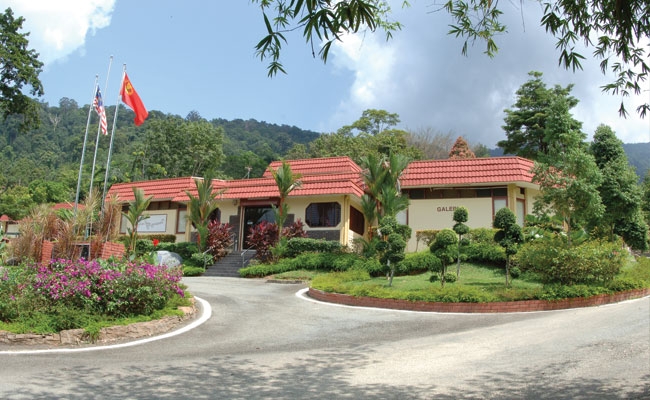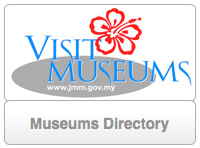
Brochure
Background
The Lembah Bujang Archaeological Museum is the only museum in Malaysia which exhibits archaeological collections that serves as evidence of the existence of a trade and Hindu/Buddhism propagation center in Southeast Asia from the 3rd. to the 12th century AD. These archaeological evidence clearly shows that Lembah Bujang was a central port which served as a trade center for traders dominating the trading routes between the eastern and western countries especially the Chinese, Indian and Arab traders as well as Malay traders in the Malay archipelago who monopolized spice and exotic jungle goods trade for middle east export. Lembah Bujang was also the first port in southeast Asia via its sea route which functioned as an alternative route to China or Far East to replace the silk road, which connected Chinese and Far Eastern traders by land. Lembah Bujang’s significance as Southeast Asia’s central port was evident in archaeological finds and writings of Chinese and Arab seamen as well as in Indian literatures. These chronicles, dated between the 2nd and 14th century AD, told of the existence of a prosperous and bustling kingdom in Lembah Bujang that was known as the "seat of all felicities". Besides being the Nusantara’s ultimate trading center, Lembah Bujang also the focal point of Hindu/Buddha propagation in Southeast Asia during the 3rd to the 12th century, which proved of the existence of Buddhisme with Pala Mahayana influences from southern India. This faith was brought and practiced by Hindu/Buddhist Indian traders who came trading at Lembah Bujang.
Collections and Galleries
Visiting Hours
Opens every day from 9.00 am - 5.00 pm
Closed on the first two days of Eid Al-Fitr and first day of Eid Al-Adha
Entrance Fees
Transportation
Nearby Attractions
Contact
Location Map
 Printer-friendly version
Printer-friendly version- 86098 reads




